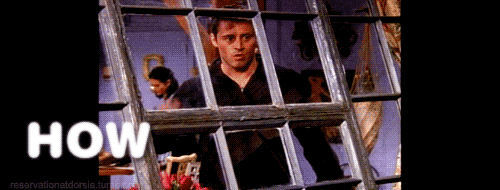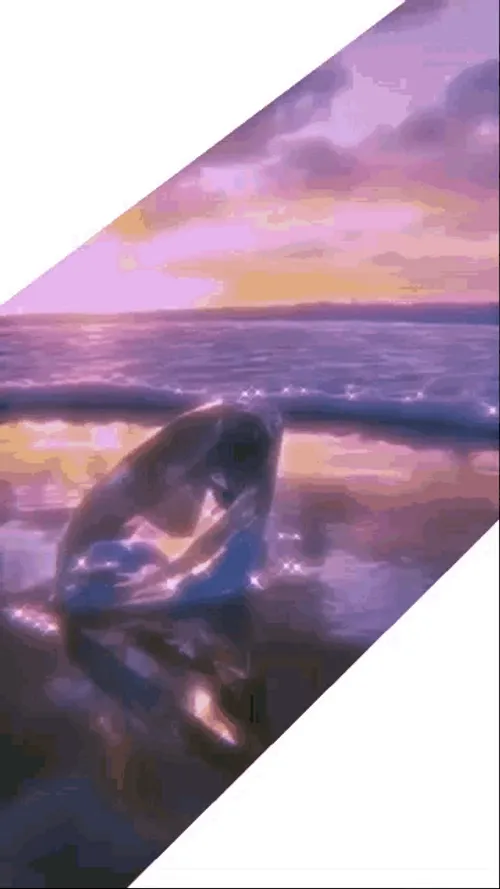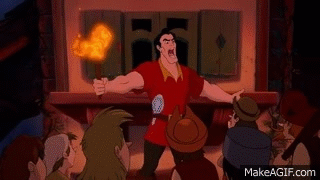Anyway, some background before we delve into the amazingness of my blog. In my school, seniors have these thingymajigs called Senior Projects (click the link to learn more), where we take our third trimester off to intern/volunteer/work at a certain...place, depending on what one is interested in.
As I love animals, I chose to intern at Liberty Wildlife, a rehabilitation center for injured or infant wild animals. I'd like to give a huge thank you to my faculty adviser Ms. Mandigo and my on-site mentor Ms. Suits for helping me get this amazing opportunity!! Also, before I continue, let me tell you now that I will not be studying elephants or anything related to elephants, because I know my blog title may cause some misunderstandings. If my lack of elephants disappoints you, I sincerely apologize and advise you to stop reading now. Okay, back to my work at Liberty Wildlife. I plan to study the relationship between human's impact on the environment and wild animal's behavior as they adapt to the human's changes. To put it more fancily, "How do humans inadvertently influence animal’s behavior and what can be done to lessen our impact?"
Okay, I realize this question is really vague, but I do intend to choose a specific species to study (probably some bird), depending on which species is more likely to be admitted into Liberty Wildlife during my third trimester. From there, I'll do research on how those animals behave in the wild, what habitat they live in, etc. and then observe the injured animal's behavior and compare the wild's and injured's behavior. Keep in mind, the animals brought into Liberty Wildlife are those who have NOT successfully adapted to the changes humans made on their environment. Anyway, things will happen and I will write about them here, so be sure to read my blog, that is, if you're interested in those things.
Oh, and before I go, you may notice a poll on the right called "Next Week's Background." One of my friends Nicole gave me an amazing idea to change my blog's background every week (because I'm indecisive and can't choose just one animal), so vote or comment below on which animal you'd like to see next, and I'll change the picture and say something interesting about the animal.
For example, this bird is the Victoria Crowned Pigeon.
A fun fact (if it's not fun, pretend it is): Apart from looking amazing, they are the largest species of pigeon in the world (about the size of a turkey), so cool, right?
Anyway, that's all for now. If you have any questions, comments, or concerns, just reply below and I'll get back to you once and if I can.
Have a nice life, and always look both ways before crossing a street.
Okay, I realize this question is really vague, but I do intend to choose a specific species to study (probably some bird), depending on which species is more likely to be admitted into Liberty Wildlife during my third trimester. From there, I'll do research on how those animals behave in the wild, what habitat they live in, etc. and then observe the injured animal's behavior and compare the wild's and injured's behavior. Keep in mind, the animals brought into Liberty Wildlife are those who have NOT successfully adapted to the changes humans made on their environment. Anyway, things will happen and I will write about them here, so be sure to read my blog, that is, if you're interested in those things.
Oh, and before I go, you may notice a poll on the right called "Next Week's Background." One of my friends Nicole gave me an amazing idea to change my blog's background every week (because I'm indecisive and can't choose just one animal), so vote or comment below on which animal you'd like to see next, and I'll change the picture and say something interesting about the animal.
For example, this bird is the Victoria Crowned Pigeon.
 |
| Hi, I'm a bird. |
A fun fact (if it's not fun, pretend it is): Apart from looking amazing, they are the largest species of pigeon in the world (about the size of a turkey), so cool, right?
Anyway, that's all for now. If you have any questions, comments, or concerns, just reply below and I'll get back to you once and if I can.
Have a nice life, and always look both ways before crossing a street.






























